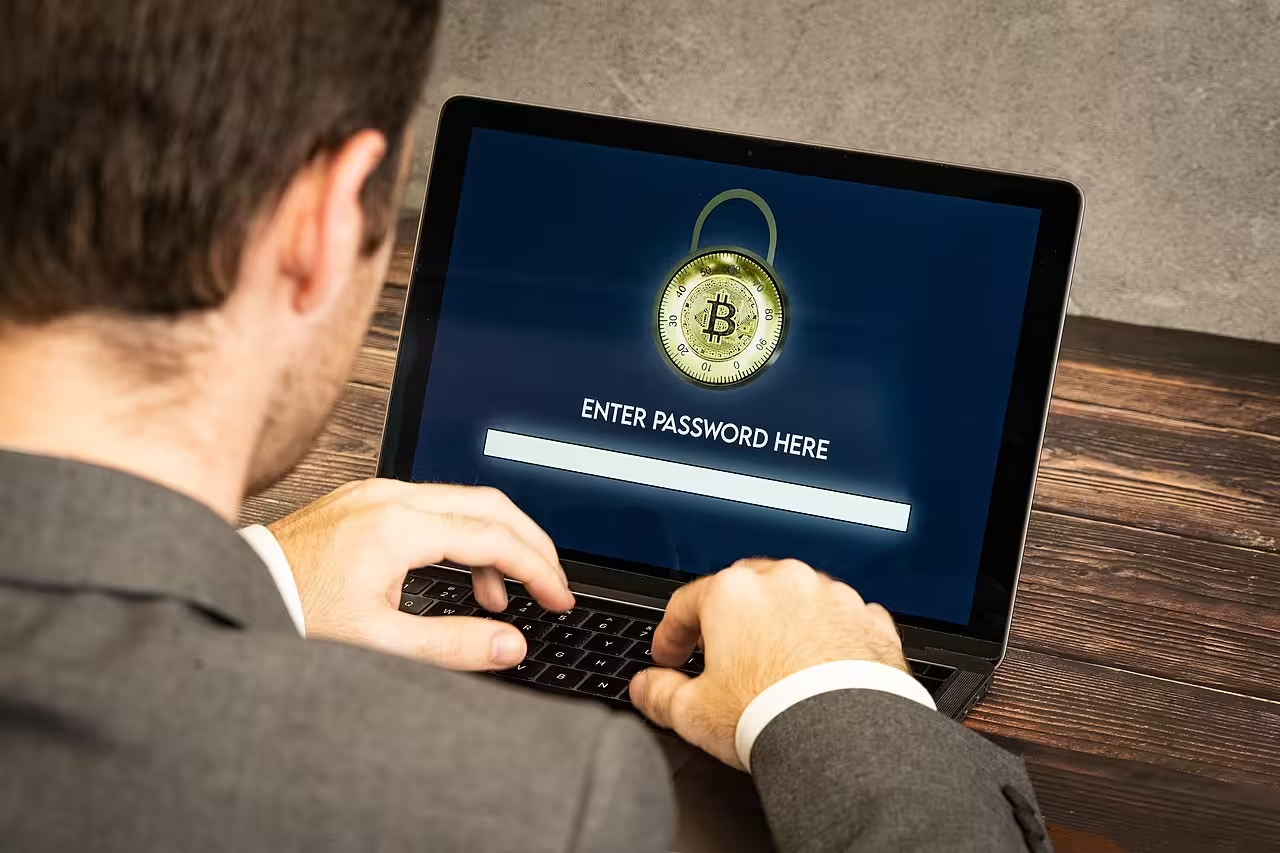Exploring the Rise of Floki Crypto: What Investors Need to Know
Floki Crypto has quickly become a hot topic in the world of digital currencies. Born from a tweet by Elon Musk, this meme coin has evolved into a comprehensive ecosystem. With its unique blend of community support, technological innovation, and philanthropic efforts, Floki Crypto is capturing the attention of both novice and seasoned investors. However, … Read more









